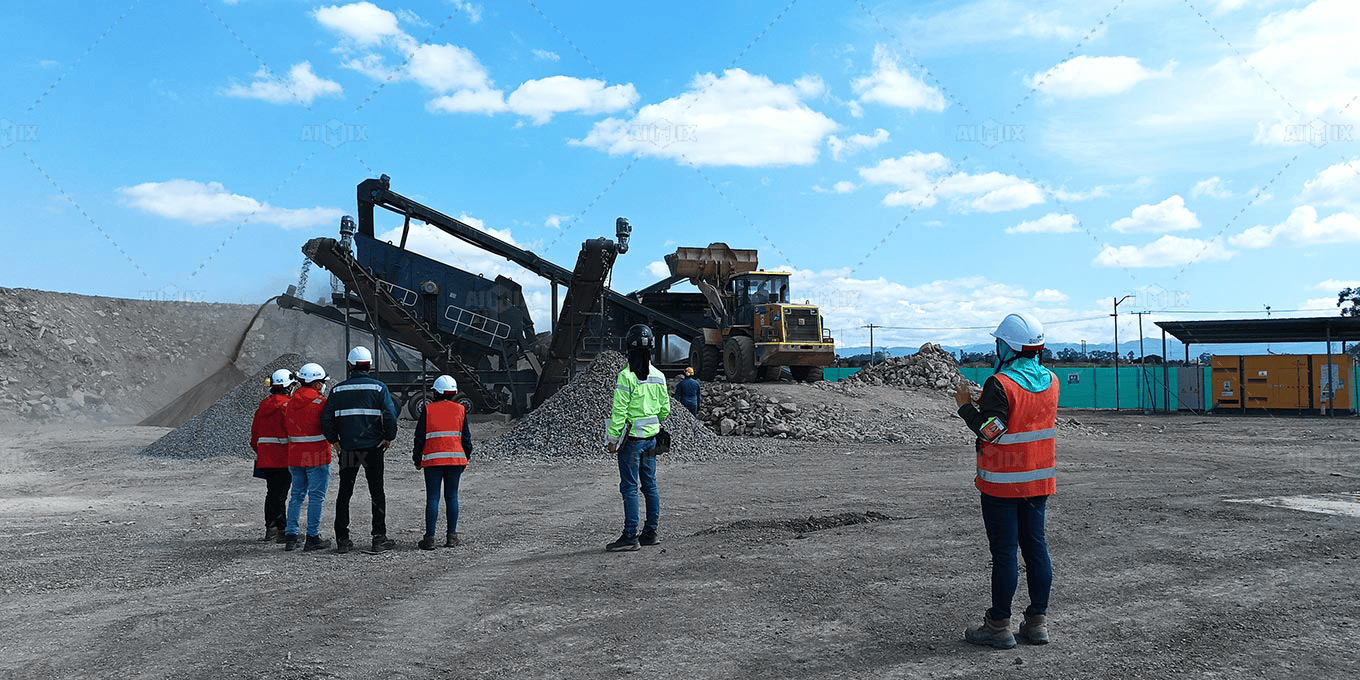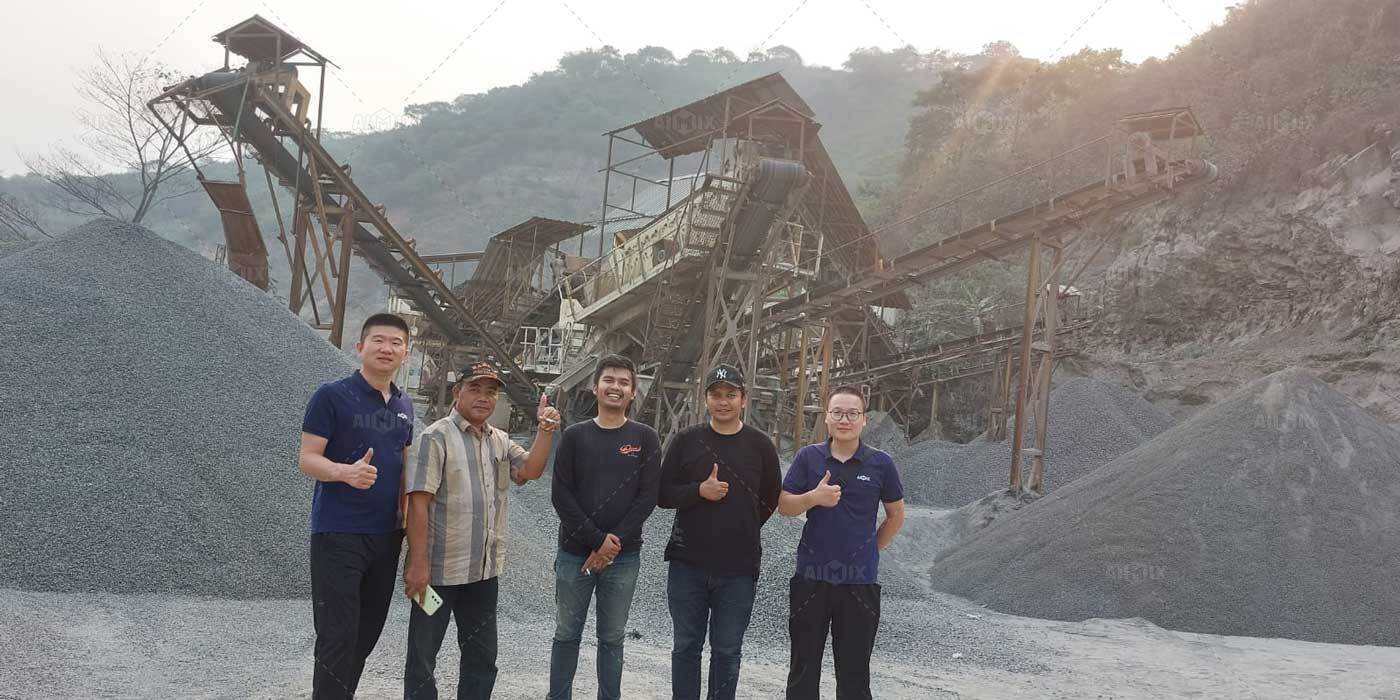Purchasing a stone crusher plant should be evaluated not as an equipment acquisition, but as a strategic investment in a revenue-generating asset. The true cost of ownership extends far beyond the initial price tag, encompassing production efficiency, maintenance economics, and operational flexibility that collectively determine your return on investment. Savvy buyers analyze stone crusher plants through the lens of tonnage profitability—calculating how each design feature contributes to cost-per-ton metrics that ultimately dictate business viability.
Production Efficiency: The Hidden Cost Multiplier
A crusher’s sticker price becomes irrelevant if it cannot maintain consistent throughput in your specific material conditions. Key ROI factors include:
Tonnage-to-power ratio: High-efficiency plants process 25-30% more material per kWh than outdated designs
Gradation control systems: Precise particle sizing reduces waste by 15-20%
Automated wear compensation: Maintains output quality as components degrade
Plants with advanced chamber designs and intelligent automation typically command 20-30% premiums but generate 50-70% higher lifetime profits through sustained production rates. The difference between a $500,000 and $650,000 jaw crusher often disappears within 18 months when calculating cost-per-ton over 10,000 operational hours.

Maintenance Economics: The Silent Profit Killer
Crusher plants should be evaluated by their operational availability—the percentage of time actually producing saleable material. Superior designs achieve 90-95% availability through:
Modular component design: Reduces replacement downtime by 60%
Predictive monitoring systems: Forecast wear parts failure within ±50 hours
Tool-free adjustment mechanisms: Enable gap changes in under 15 minutes
A stone crusher plant cost is about $200,000 more upfront but requiring 40% less maintenance labor and 30% fewer wear parts can deliver a 3-year TCO (Total Cost of Ownership) 15-20% lower than cheaper alternatives. The ROI equation shifts further when factoring in lost production during unplanned downtime—each hour of inactivity can cost $500-$2,000 in missed revenue opportunities.
Flexibility Premium: Paying for Future-Proofing
The most profitable crusher plants build in adaptability for changing market conditions:
Multi-material capability: Processes both hard rock and recycled concrete
Quick-change screen configurations: Switches between 3+ product specs in <30 minutes
Hybrid power options: Transitions between grid/electric/diesel as energy costs fluctuate
This operational versatility commands a 10-15% price premium but delivers outsized returns when:

New regulations create recycled aggregate demand
Energy prices shift dramatically
Market preferences change for specific gradations
Plants lacking these features often become stranded assets when market conditions evolve, while adaptable units continue generating returns through multiple business cycles.
The calculus is clear: the right crusher plant—properly specified for your material, market, and operational realities—isn’t an expense. It’s a profit center that should pay for itself within 24-36 months while delivering 10+ years of optimized production. The crushing plant worth purchasing aren’t those with the lowest initial price, but those with the highest lifetime tonnage value. In an industry where margins are measured in pennies per ton, this distinction separates profitable operations from struggling equipment owners.

